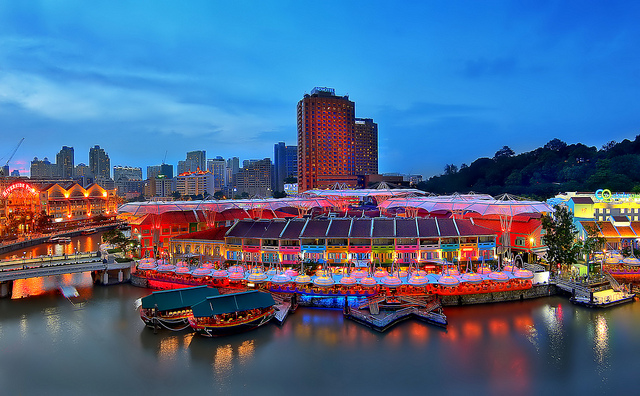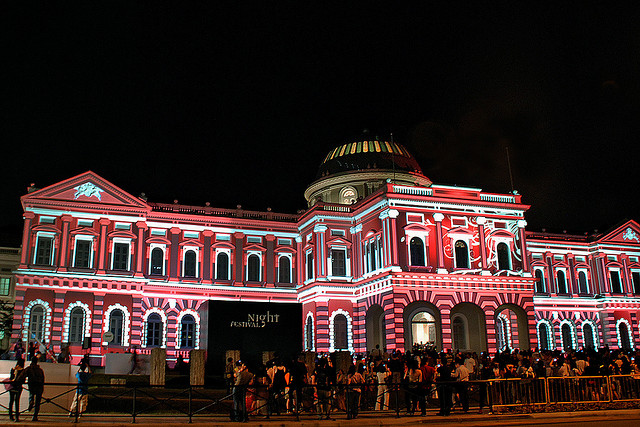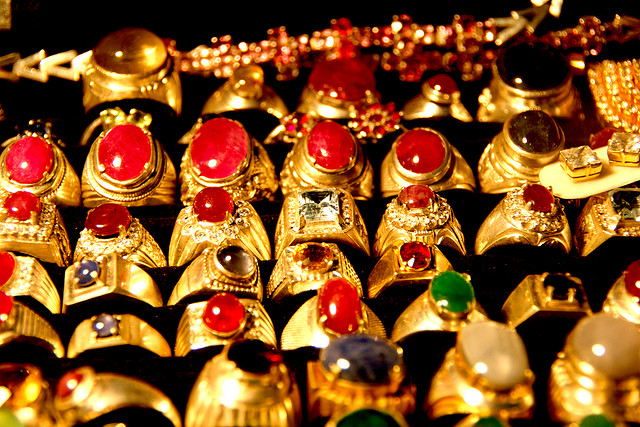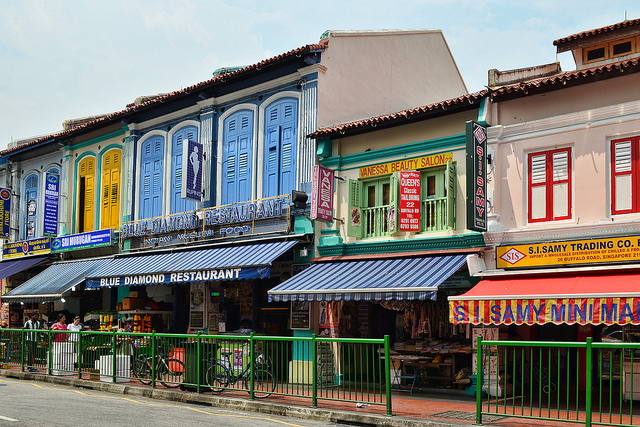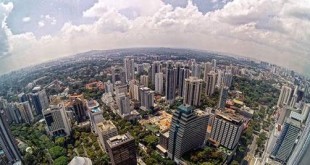Compared to neighboring Asian countries, Singapore has the strongest diversity. In many diverse cities, there are neighborhoods where distinct ethnic groups migrate to. New York has Koreatown, Little Italy, and Little Brazil, to name a few. Singapore has Chinatown, Little India, and Kampong Glam, each staying true to their respective countries.
It might be hard to guess who resides in Kampong Glam with such an interesting name. In Malay, “Kampong” means “village” while “Glam” signifies the name of a tree that filled the neighborhood in a previous life. Today, it is better known as the Muslim Quarter, but is mixed with Malay culture too. This Malay-Muslim quarter breathes its ethnicity with its major landmark, the Sultan Mosque, and a Malay Heritage Center. There is even an Arab Street, where one can shop for Persian carpets, batiks, stones, and much more. It would be impossible to label Kapong Glam a Muslim Quarter without several shisha smoking spots that are easily found.
Lying east of the Singapore River is the vibrant and colorful neighborhood of Little India, which might be the closest thing outside of India. Smells of spices, sounds of bicycle bells, and sights of jasmine flowers all fill the ambience of Little India. It is a must visit while in Singapore, especially for the extremely authentic, eat with your hands food. Shopping here is fun, cheap, and 24 hours. Around Serangoon Road, there are heaps of stalls selling massage oils, incense, and gold, but the nearby gem is the Mustafa Centre, a 24 hour emporium of knick knacks, decor, electronics, spices, textiles, and much more. For a glimpse in Hinduism, a trip to the Sri Veeramakaliamman Temple is highly recommended.
Considering the largest ethnic group in Singapore is Chinese, Chinatown is not much of an enclave as it once was, but it still retains strong cultural and historical significance. The impressive Chinatown Heritage Centre makes a great stop to learn about the history and development of the neighborhood. Many visitors come to Chinatown and head straight for Food Street where you can find Chinese food at its best among a festive ambience. It goes without saying that there are many tea houses and dim sim restaurants in the area as well. There are also many religious landmarks in this Chinatown, and surprisingly several are mosques and Hindu temples. One interesting site to see is the Buddha Tooth Relic Temple, which apparently contains a tooth of Buddha.

